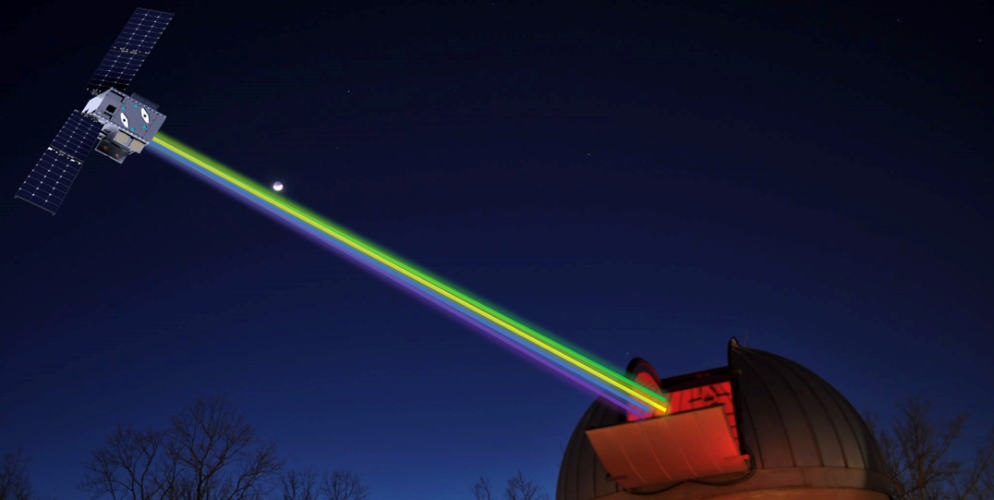UF joins NASA mission to launch artificial star into Earth’s orbit

The $19.5M Landolt Mission is poised to deepen our knowledge of dark energy. (Eliad Peretz)
The University of Florida will collaborate with nine other universities on a groundbreaking $19.5 million Landolt NASA Space Mission. Recently approved for deployment, the mission seeks to place an artificial “star” into Earth’s orbit. By doing so, it aims to tackle several open challenges in astrophysics, including understanding the speed and acceleration of the universe’s expansion.
Named in honor of the late astronomer Arlo Landolt, the Landolt Mission will deploy a calibrated light source into orbit in 2029. The artificial star will orbit Earth at a distance of 22,236 miles, providing a reference point alongside real stars to create new stellar brightness catalogs. Its synchronized orbit with Earth’s rotation speed will ensure it remains stationary over the United States during its inaugural year in space.
Central to the mission is the refinement of telescope calibration, which will boost the accuracy of measuring stellar brightness across various celestial phenomena, from nearby stars to distant supernovae in far-off galaxies.
UF’s JAMIE TAYAR, an assistant professor of astronomy, will serve on the mission team. She believes the mission will set a new standard for understanding star brightness, leading to more precise estimates of their size, scale, and age.
“Lots of our understanding of the universe relies on understanding how bright things are,” Tayar said.